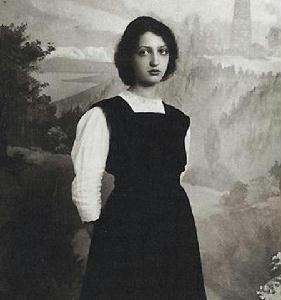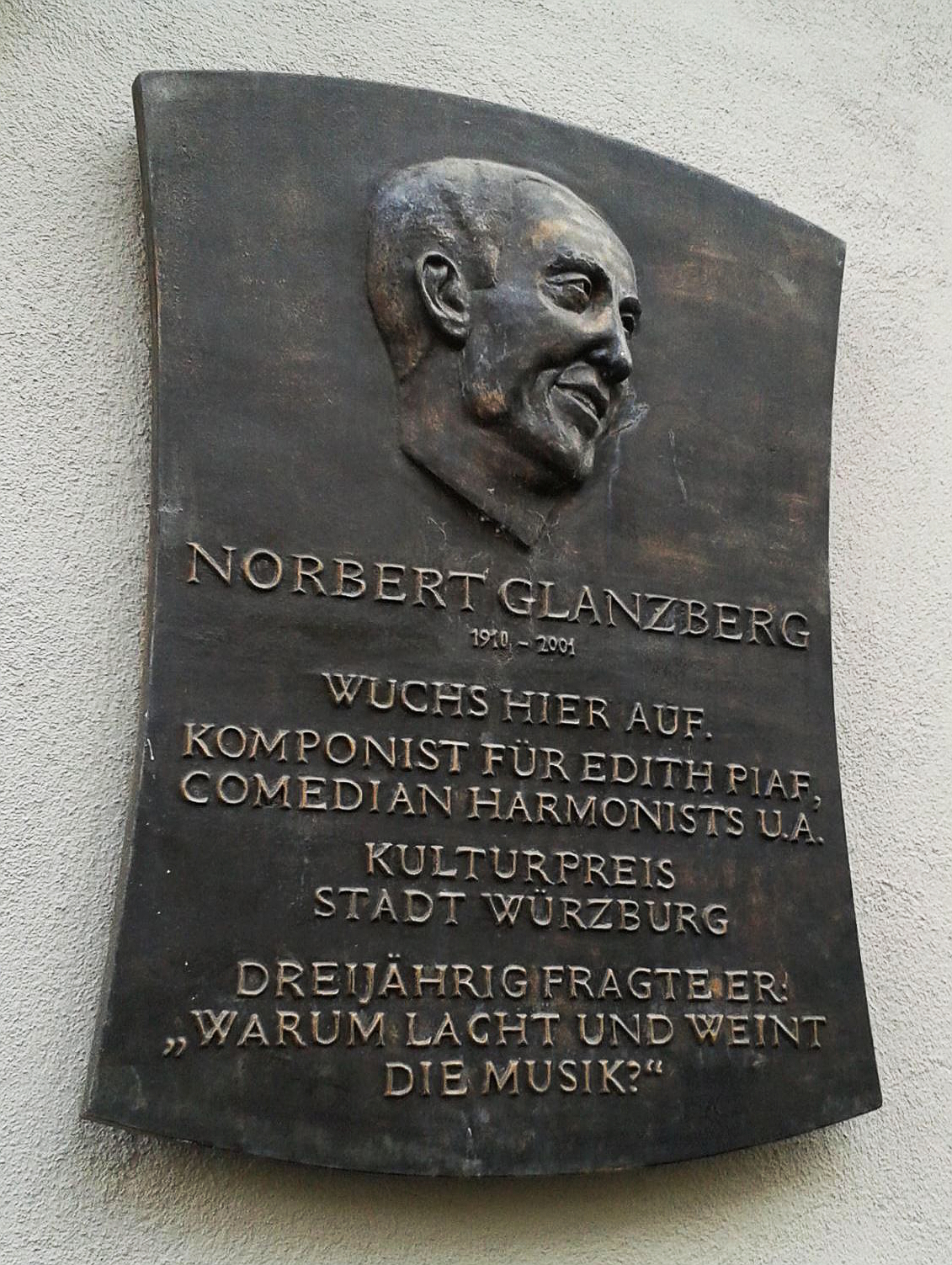|
Lily Pastré
Countess Lily Pastré (a.k.a. Marie-Louise Double de Saint-Lambert) (1891–1974) was a French heiress and patron of the arts. She sheltered many Jewish artists in her Château Pastré in Marseille during World War II. After the war, she helped establish the Aix-en-Provence Festival, an annual opera festival in Aix-en-Provence. Biography Early life Marie-Louise Double de Saint-Lambert was born in 1891 at 167 rue Paradis in Marseille.Le Salon de Lily, Hommage à la Comtesse Pastré, mécène , Culture 13 , Culture 13 [...More Info...] [...Related Items...] OR: [Wikipedia] [Google] [Baidu] |
Marseille
Marseille ( , , ; also spelled in English as Marseilles; oc, Marselha ) is the prefecture of the French department of Bouches-du-Rhône and capital of the Provence-Alpes-Côte d'Azur region. Situated in the camargue region of southern France, it is located on the coast of the Gulf of Lion, part of the Mediterranean Sea, near the mouth of the Rhône river. Its inhabitants are called ''Marseillais''. Marseille is the second most populous city in France, with 870,731 inhabitants in 2019 (Jan. census) over a municipal territory of . Together with its suburbs and exurbs, the Marseille metropolitan area, which extends over , had a population of 1,873,270 at the Jan. 2019 census, the third most populated in France after those of Paris and Lyon. The cities of Marseille, Aix-en-Provence, and 90 suburban municipalities have formed since 2016 the Aix-Marseille-Provence Metropolis, an Indirect election, indirectly elected Métropole, metropolitan authority now in charge of wider metropo ... [...More Info...] [...Related Items...] OR: [Wikipedia] [Google] [Baidu] |
Man Ray
Man Ray (born Emmanuel Radnitzky; August 27, 1890 – November 18, 1976) was an American visual artist who spent most of his career in Paris. He was a significant contributor to the Dada and Surrealism, Surrealist movements, although his ties to each were informal. He produced major works in a variety of List of artistic media, media but considered himself a painter above all. He was best known for his pioneering photography, and was a renowned fashion photography, fashion and portrait photographer. He is also noted for his work with photograms, which he called "rayographs" in reference to himself. Biography Background and early life During his career, Man Ray allowed few details of his early life or family background to be known to the public. He even refused to acknowledge that he ever had a name other than Man Ray.Neil Baldwin (writer), Baldwin, Neil. ''Man Ray: American Artist''; Da Capo Press; (1988, 2000) Man Ray's birth name was Emmanuel Radnitzky. He was born in ... [...More Info...] [...Related Items...] OR: [Wikipedia] [Google] [Baidu] |
Clara Haskil
Clara Haskil (7 January 1895 – 7 December 1960) was a Romanian classical pianist, renowned as an interpreter of the classical and early romantic repertoire. She was particularly noted for her performances and recordings of Mozart. She was also a noted interpreter of Beethoven, Schumann, and Scarlatti. Biography Haskil was born into a Jewish family in Bucharest, Romania. Her father Isaac Haskil (1858–1899) immigrated to Romania from Bessarabia (then part of the Russian Empire); he died from acute pneumonia when Clara was only 4 years old. Her mother Berthe Haskil (née Moscona) (1866–1917), of Sephardi origin, was one of six children of David Moscona and Rebecca Aladjem. The Moscona family dates back to 1300s Spain, having fled persecution during the Spanish Inquisition and settling first in Ottoman Turkey and later in Bulgaria. Haskil studied in Vienna under Richard Robert (whose pupils also included Rudolf Serkin and George Szell) and briefly with Ferruccio Busoni. She la ... [...More Info...] [...Related Items...] OR: [Wikipedia] [Google] [Baidu] |
Norbert Glanzberg
Norbert Glanzberg (12 October 1910 in Rohatyn, Austria-Hungary – 25 February 2001 in Paris) was a Galician-born French composer. Mostly a composer of film music and songs, he was also notable for some famous songs of Édith Piaf. In his twenties he lived in Germany, where he began his career scoring films for directors including Billy Wilder and Max Ophüls. When the Nazi regime came to power there in 1933, he, as a Jew, fled to Paris, where he performed in nightclubs under bandleaders such as Django Reinhardt, which is where he first met Piaf. At different times from 1939 to 1945 he toured with Piaf, when he wrote many of her songs and accompanied her on piano when she sang. For many of those years they were lovers, and Piaf saved his life on more than one occasion by hiding him from both the French Vichy police, who were helping the Nazis round up Jews for deportation, and later from the Nazi occupiers themselves. After the war he continued writing film scores for French ... [...More Info...] [...Related Items...] OR: [Wikipedia] [Google] [Baidu] |
Édith Piaf
Édith Piaf (, , ; born Édith Giovanna Gassion, ; December 19, 1915– October 10, 1963) was a French singer, lyricist and actress. Noted as France's national chanteuse, she was one of the country's most widely known international stars. Piaf's music was often autobiographical, and she specialized in chanson réaliste and torch ballads about love, loss and sorrow. Her most widely known songs include " La Vie en rose" (1946), "Non, je ne regrette rien" (1960), "Hymne à l'amour" (1949), "Milord" (1959), "La Foule" (1957), "L'Accordéoniste" (1940), and " Padam, padam..." (1951). Since her death in 1963, several biographies and films have studied her life, including 2007's '' La Vie en rose''. Piaf has become one of the most celebrated performers of the 20th century.Burke, Carolyn. ''No Regrets: The Life of Edith Piaf'', Alfred A. Knopf 2011, . Family Despite numerous biographies, much of Piaf's life is unknown. She was born Édith Giovanna Gassion in Belleville, Paris. Her b ... [...More Info...] [...Related Items...] OR: [Wikipedia] [Google] [Baidu] |
Monique Haas
Monique Haas (20 October 1909 – 9 June 1987) was a French pianist. Born in Paris, she studied at the Conservatoire de Paris with Joseph Morpain and Lazare Lévy, taking a ''Premier Prix'' in 1927. She went on to study with Rudolf Serkin and Robert Casadesus. She toured the world, winning much praise for her performances of 20th-century music. Composer Francis Poulenc, himself an accomplished pianist, praised her as "the adorable Monique Haas who plays the piano ravishingly", and Henri Dutilleux described her as "a celebrated interpreter of the music of Ravel". Repertoire, recordings Like many French pianists who grew up in the aftermath of the First World War, Haas's repertoire was characterised by an avoidance of Romantic composers and a significant representation of French music. Pieces by François Couperin and Jean-Philippe Rameau appeared regularly on her programmes, as well as those of Mozart and Haydn. Schumann was the significant exception to her neglect of romanticism, ... [...More Info...] [...Related Items...] OR: [Wikipedia] [Google] [Baidu] |
Youra Guller
Youra Guller (14 May 1895 – 31 December 1980) was a French classical pianist. Biography Guller was born in Marseille as Rose-Georgette Guller, of Russian-Romanian heritage. She began her studies at the age of five. She performed in recitals and at the age of nine enrolled at the Paris Conservatory, where she worked with Isidor Philipp. In the 1930s, on the occasion of a concert tour planned for just 10 days, she stayed in China for eight years, returning to France on the verge of the Second World War and the invasion of German troops. As a Jew, she was forced to restrict her activities and to hide. After the war in the 1950s this prominent pianist performed only occasionally due to illness. She made her New York debut in 1971.Jeremy Siepmann. "Guller, Youra." Grove Music Online. Oxford Music Online. Oxford University Press, accessed October 11, 2014, http://www.oxfordmusiconline.com/subscriber/article/grove/music/45381. Youra Guller died in Munich at 85. Discography * ''Youra ... [...More Info...] [...Related Items...] OR: [Wikipedia] [Google] [Baidu] |
Lily Laskine
Lily Laskine (31 August 1893 in Paris – 4 January 1988 in Paris) was one of the most prominent harpists of the twentieth century. Born Lily Aimée Laskine to Jewish parents in Paris, she studied at the Conservatoire de Paris with Alphonse Hasselmans and became a frequent performing partner of several distinguished French flautists, including Marcel Moyse and Jean-Pierre Rampal. Laskine also served as professor of harp at the Conservatoire de Paris from 1948 to 1958. She was awarded the Legion of Honour The National Order of the Legion of Honour (french: Ordre national de la Légion d'honneur), formerly the Royal Order of the Legion of Honour ('), is the highest French order of merit, both military and civil. Established in 1802 by Napoleon ... in 1958. She died in Paris. In 1936 she married Roland Charmy, a violinist and academic of the Conservatoire de Paris. References Bibliography and discography ;Books * Marielle Nordmann, ''Lily Laskine'', Éditions Cahiers ... [...More Info...] [...Related Items...] OR: [Wikipedia] [Google] [Baidu] |
Canebière
La Canebière is a historic high street in the old quarter of Marseille, France. Location About a kilometre long, it runs from the ''Old Port of Marseille'' to the ''Réformés'' quarter.Dana Facaros, Michael Pauls, ''Provence'', New Holland Publishers, 2004, p. 17/ref> It has been called the ''Champs-Élysées of Marseille''. Toponymy The name 'Canebière' ('Canabiera' in Provençal dialect) comes from the word ''Cannabis'' in Latin, as the area around the Old Port were originally hemp fields and Marseille was one of the world's largest trader of hemp baskets and ropes from the Middle Ages until the 1930s, when other fibers were used instead. History The avenue was built in 1666, when King Louis XIV of France (1638–1715) decided to expand the city of Marseille. At the end of the eighteenth century, as the ''Grand Arsenal'' shipbuilding dock was demolished, the avenue was extended down to the Old Port and elegant buildings were built. Only as late as 1928 was it extended from ... [...More Info...] [...Related Items...] OR: [Wikipedia] [Google] [Baidu] |
Château Pastré à Marseille
A château (; plural: châteaux) is a manor house or residence of the lord of the manor, or a fine country house of nobility or gentry, with or without fortifications, originally, and still most frequently, in French-speaking regions. Nowadays a ''château'' may be any stately residence built in a French style; the term is additionally often used for a winegrower's estate, especially in the Bordeaux region of France. Definition The word château is a French word that has entered the English language, where its meaning is more specific than it is in French. The French word ''château'' denotes buildings as diverse as a medieval fortress, a Renaissance palace and a fine 19th-century country house. Care should therefore be taken when translating the French word ''château'' into English, noting the nature of the building in question. Most French châteaux are "palaces" or fine "country houses" rather than "castles", and for these, the word "château" is appropriate in English. ... [...More Info...] [...Related Items...] OR: [Wikipedia] [Google] [Baidu] |
Salzburg
Salzburg (, ; literally "Salt-Castle"; bar, Soizbuag, label=Bavarian language, Austro-Bavarian) is the List of cities and towns in Austria, fourth-largest city in Austria. In 2020, it had a population of 156,872. The town is on the site of the Roman settlement of ''Iuvavum''. Salzburg was founded as an episcopal see in 696 and became a Prince-Archbishopric of Salzburg, seat of the archbishop in 798. Its main sources of income were salt extraction, trade, and gold mining. The fortress of Hohensalzburg Fortress, Hohensalzburg, one of the largest medieval fortresses in Europe, dates from the 11th century. In the 17th century, Salzburg became a center of the Counter-Reformation, with monasteries and numerous Baroque churches built. Historic Centre of the City of Salzburg, Salzburg's historic center (German language, German: ''Altstadt'') is renowned for its Baroque architecture and is one of the best-preserved city centers north of the Alps. The historic center was enlisted as a UN ... [...More Info...] [...Related Items...] OR: [Wikipedia] [Google] [Baidu] |





